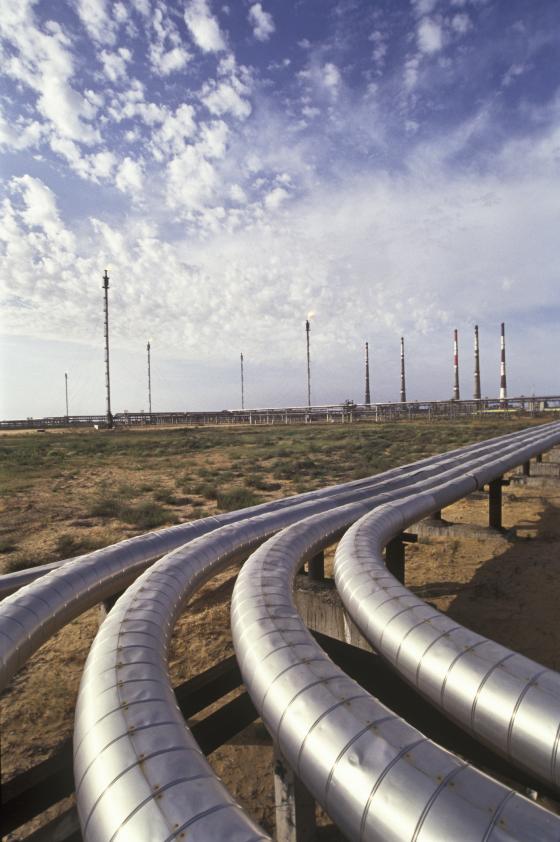Congestion Management
Congestion Management

ACER monitors the effective implementation of the Congestion Management Procedures Guidelines and shares its findings in specific reports. ACER also reports on an annual basis on the status of Congestion at Interconnection Points. On this occasion ACER also checks the transparency of the data published on the ENTSOG Transparency Platform and provides guidance on possible improvements.
What is congestion management?
Contractual congestion occurs when network users cannot obtain the capacity products of their choice because the capacity demand exceeds the offer. It is different from physical congestion, where technical capacity is used to its full extent. Several measures exist to mitigate and prevent contractual congestion.
Why is congestion management important?
Congestion management procedures address congestions and improve market efficiency. National regulatory authorities and transmission system operators can decide on the application of these measures.
What does ACER say?
The Agency reports annually on the status of contractual congestion in EU gas markets and how congestion is managed. Based on the monitoring results, national regulatory authorities can decide on the application of congestion management procedures.
Reports on congestion at interconnection points (IPs):
Congestion Management
Implementation monitoring reports on congestion management procedures
ACER provides analyses and case studies in yearly reports about the national implementations on congestion management procedures, evaluating their effects at European level.
The Agency published its first Implementation Monitoring Report on Gas Congestion Management Procedures in 2015 and provided an update a year later. The Agency found incomplete implementation and limited application of congestion management in both years and has continued to promote the usage of congestion management instruments ever since.

